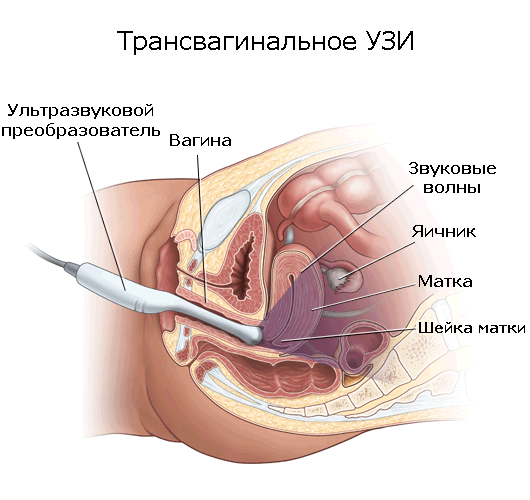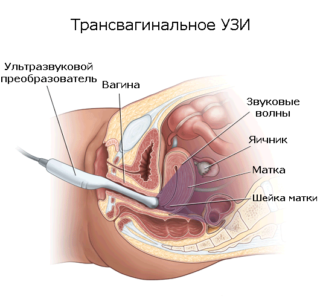Why do pelvic bones hurt after childbirth
There are many reasons for the appearance of pain in the leg in the hip joint after childbirth in a woman. But all of them are associated with changes that allow the body to adapt to pregnancy and ensure the safe birth of the baby. Knowledge about the nature of the occurrence of uncomfortable sensations allows you to orient yourself in time and take steps to prevent any pathological changes.
The main causes of pelvic pain after childbirth and characteristic signs
The described condition is detected in 50% of all women giving birth. The lower back, pubic part, hip joint, coccyx, knee can also hurt. Any discomfort interferes with living and fully caring for the baby. Some recover quickly, others take time. It is not difficult to explain painful conditions. Among the many possible factors provocateurs, doctors distinguish the following:
- Features of the body. In the third trimester, the hormonal background of the expectant mother changes, the internal systems are prepared in this way for the upcoming process. Together with sex hormones, relaxin is produced in large quantities. Its action leads to softening of the bones and joints of the pelvis. Becoming loose and mobile, the bones are involved in the formation of the birth canal. With a strong divergence of the pubic joint, severe pain occurs. She can disturb women for another three months after the safe birth of the baby. Over time, the discomfort goes away on its own.
- Violation of vitamin and mineral metabolism. A developing fetus needs a lot of phosphorus and calcium. He receives them from his mother, "withdrawing" from the bones. As a result of this, the skeletal frame gradually softens. Since during childbirth the greatest load falls on the pelvis, its elements suffer the most. This condition can provoke the appearance of persistent pain and the development of dangerous injuries.
- Increased load on the musculoskeletal system. With the growth of the fetus, the uterus, the muscles of the small bottom are stretched. The lower spine deviates backward. The pubic, sacroiliac articulation diverges. The position of the hip bones changes. When all this returns to normal, there are strong painful sensations.

- Birth injury. The birth of a large child in a woman with a narrow pelvis is considered potentially dangerous. If the process is transient, the internal space does not have time to transform and adapt to the growing load. In such situations, a rupture of the pubic joint often occurs, which causes severe sharp pains. You can get rid of them after long-term treatment or surgery.
- Possible diseases. Many women develop symphysitis during pregnancy. With this pathology, under the action of hormones, the cartilaginous disk is stretched, connecting the pubic bones to each other. The development of pathology is accompanied by an inflammatory process. A woman experiences severe pain while walking, when performing any, even the most insignificant load, when changing body position. Discomfort is aggravated by defecation and urination. Rupture of cartilage during childbirth is rare. It requires surgical intervention, after which a long recovery period begins, strict bed rest.
- general analysis of urine and blood:
- Ultrasound of the pelvic organs;
- CT or MRI.
- Immediately after the birth of the baby, observe bed rest, reduce physical activity as much as possible, entrusting the care of the newborn to relatives if possible.
- Wear bandages, the design of which was specially designed for women who have just given birth: they limit the mobility of the hip joint, take part of the load on themselves.
- Visit an osteopath.
The fight against pain begins with the elimination of the causes of its occurrence.
When to See a Doctor
If you are constantly worried about pulling or sharp pain in the pelvic area, backaches occur, which are accompanied by nausea and vomiting, increased sweating, you must definitely make an appointment with a traumatologist or orthopedist and undergo a full examination.
The cause for concern should be severe dizziness and loss of consciousness (even for a short time), vaginal bleeding, fever and chills. A sharp drop in blood pressure is considered dangerous. These warning signs are a serious reason to call an ambulance.
Establishing diagnosis
 If the specialist sees that the woman does not require urgent surgical intervention, he begins to question the patient in detail about the symptoms and medical history. He is interested in how the pain arises - suddenly or constantly, what kind of character it has - acute or pulling, how strong the discomfort is on a ten-point scale. The doctor must understand what the formation of the syndrome is connected with, whether there are other factors that exacerbate or alleviate the symptoms.
If the specialist sees that the woman does not require urgent surgical intervention, he begins to question the patient in detail about the symptoms and medical history. He is interested in how the pain arises - suddenly or constantly, what kind of character it has - acute or pulling, how strong the discomfort is on a ten-point scale. The doctor must understand what the formation of the syndrome is connected with, whether there are other factors that exacerbate or alleviate the symptoms.
After a physical examination is performed, based on its results, the specialist is able to draw preliminary conclusions and determine the range of necessary examinations. As a rule, patients are issued a referral for the following diagnostic procedures:
Be sure to take swabs from the vagina to detect sexually transmitted infections. If the decoding of the analyzes does not reveal the cause of the pain, laparoscopy can be performed.
Therapy Methods
 The therapeutic scheme is aimed at eliminating the provocative factor. In parallel, therapeutic measures are applied to help stop the main symptoms of malaise. For this purpose, non-steroidal anti-inflammatory drugs ("Ibuprofen") are prescribed. In the absence of effect, analgesics are used.
The therapeutic scheme is aimed at eliminating the provocative factor. In parallel, therapeutic measures are applied to help stop the main symptoms of malaise. For this purpose, non-steroidal anti-inflammatory drugs ("Ibuprofen") are prescribed. In the absence of effect, analgesics are used.
When the pain spreads to the muscles, complete rest, dry heat, and physical therapy will help alleviate the condition. It is imperative to replenish the reserves of calcium and vitamin D, for this a special diet or dietary supplements is used. Painful joints can be influenced through the skin, using painkillers and anti-inflammatory ointments, massage.
Treatment of pain in the pelvic bones after childbirth is necessarily supplemented by physiotherapy procedures. Transferred stress, unstable hormonal background depresses the central nervous system and changes the perception of pain. Some women may also be prescribed mild sedatives: "Glycine", "Valerian", "Motherwort" in tablets.
At the initial stage of therapy, each patient must make one important decision for herself: whether she will continue breastfeeding or transfer the baby to formula. The selection of drugs will depend on this.
Preventive measures
In order to prevent the appearance of any discomfort, it is important to learn how to properly recover after childbirth. For this you need:
In an uncomplicated pregnancy, it is useful to walk a lot, walk in the fresh air, take vitamin and mineral complexes, eat right: eat more foods that contain phosphorus, calcium, magnesium, and iron. A good night's sleep is very helpful.
